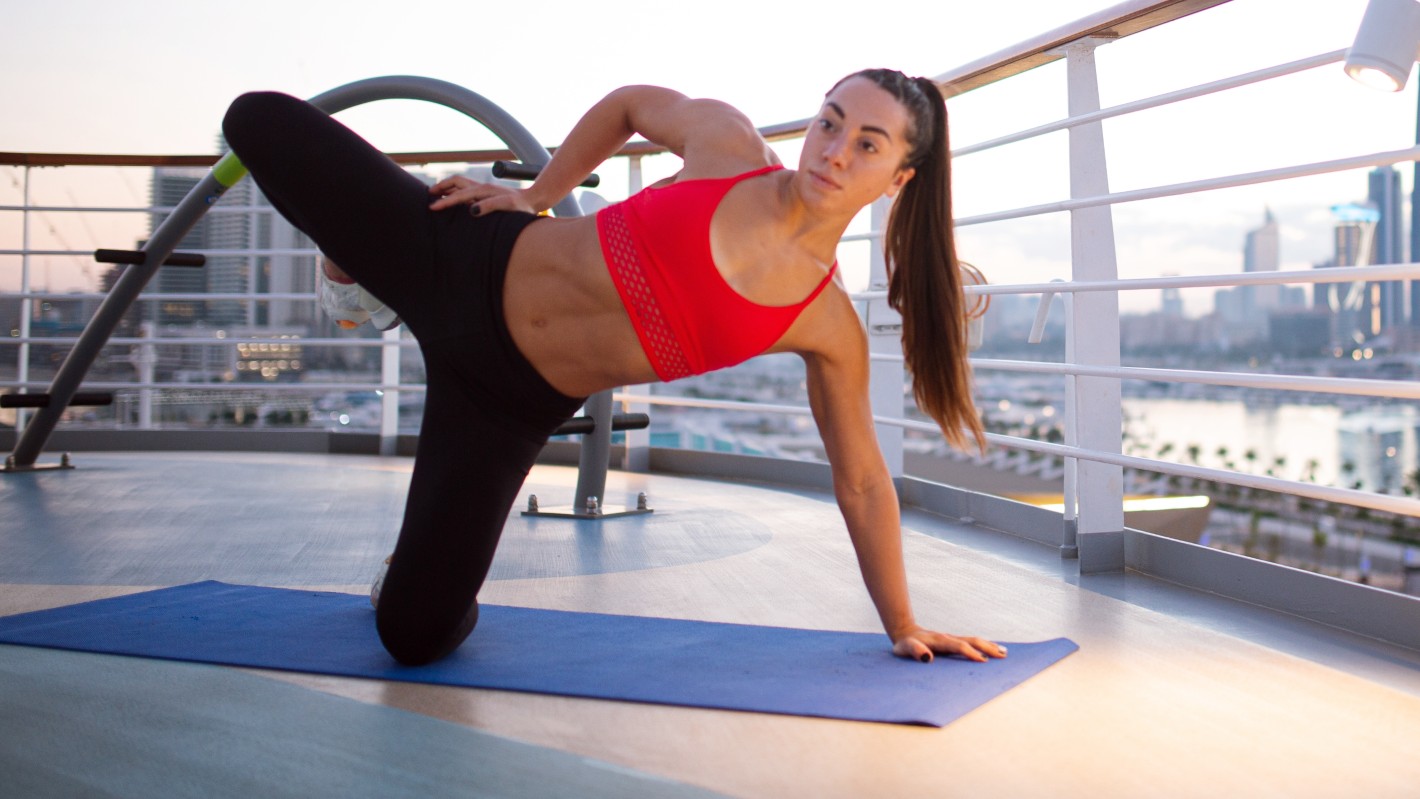I love yoga, but not everyone does. And I’m not a yoga teacher, so when I want to boost mobility and flexibility and increase range of motion for myself or clients, I draw on yoga principles and create my own routines.For this short 15-minute yoga-inspired routine, I recommend unrolling one of the best yoga mats for cushioning.
That means looking for a thickness of around 5mm to relieve your wrists and knees during practice.I also recommend a yoga block if you struggle with flexibility, as this will support your body during more challenging postures and encourage better alignment.When you’re ready, scroll on for my tried and tested 15-minute full-body mobility routine — and the many benefits of adding it to your exercise routine.

Watch the 15-minute mobility routine A post shared by Sam (@hopes_coaching)A photo posted by on This session will leave you feeling more supple, bendier and stronger. I like combining it with a short breathing exercise to finish, which I detail below. It’s optional, and you can still try the routine without it, if you prefer.
My routine starts with shoulder and hip rolls, and I encourage you to move as freely and intuitively as possible, moving forward over your wrists and then sitting back toward your heels while creating large circles with your body. Take your time and only move to the next exercise when ready.I then introduce the popular cat-cow pose, which is the perfect spinal mobilizer, helping to stretch out the front and back body while warming up your spine.
During cat-cow, avoid excessive movement through your lower back and waist; move with your whole spine without forcing your hips downward, and create space in your upper back and shoulders as you push through your hands.During the remainder of the routine, aim for eight to 12 reps and two sets of each movement, moving slowly and with control to your end range of motion. If anything feels pinchy or painful, stop and transition to the next exercise.
Feeling uncomfortable during mobility exercises can be pretty normal, but I never recommend persevering through pain — that’s one for the physios to answer!(Image credit: Future)Use downward dog as active rest, staying for roughly three sets of breath, then use puppy pose (arms outstretched and hips high) to settle into a deep shoulder stretch for as many rounds of breath as you like.I stay here for enough time to practice box breathing, which I also include in our best breathing exercises for beginners guide.Box breathing aids relaxation and is suitable for most people.
Simply inhale for four seconds, pause for four seconds, exhale for four, then pause again for four. As I mentioned, you could skip this part if you don't feel comfortable.There are a few ways to scale puppy pose to your ability.
For a deeper stretch, rest your chin on the mat and flatten your forearms to the mat, or rest both hands on a block, allowing your shoulders to drop down.Otherwise, support your forehead and walk your hands closer toward your body to reduce the intensity; keep your hips aligned over your knees and gently roll your forehead from side to side, massaging into your temples. It's the perfect go-to for morning or evening routines and bulletproofing the joints before workouts.
More from Tom's GuideForget push-ups — I'm a personal trainer and here's 3 ways to build upper-body strength and mobility using downward dogI’m a personal trainer — forget regular squats, and try Spanish squats to reduce knee pain insteadForget regular squats — try prisoner squats to build lower body strength instead.
Health

I'm a personal trainer — I use this yoga-inspired mobility routine to bulletproof my joints, and it only takes 15 minutes

Try this short routine next time you need tension relief.














